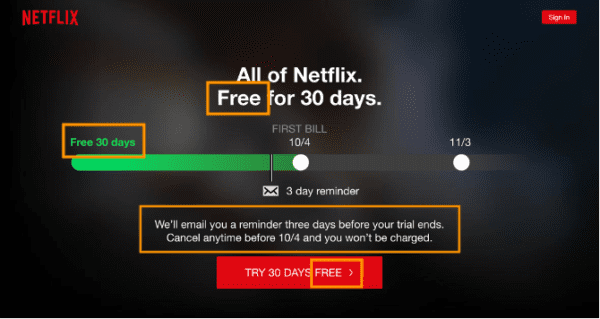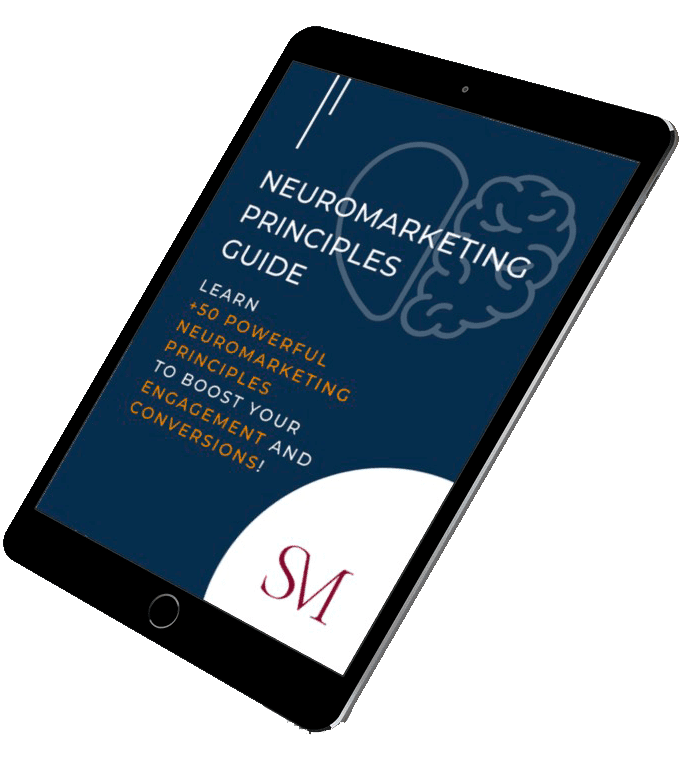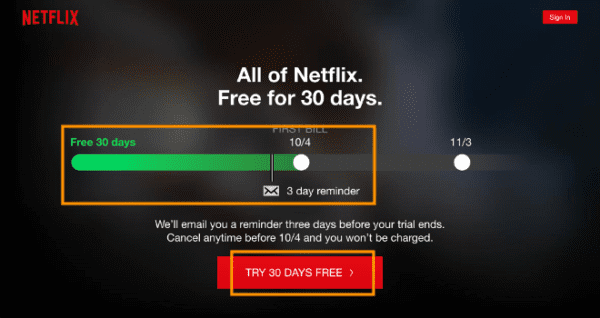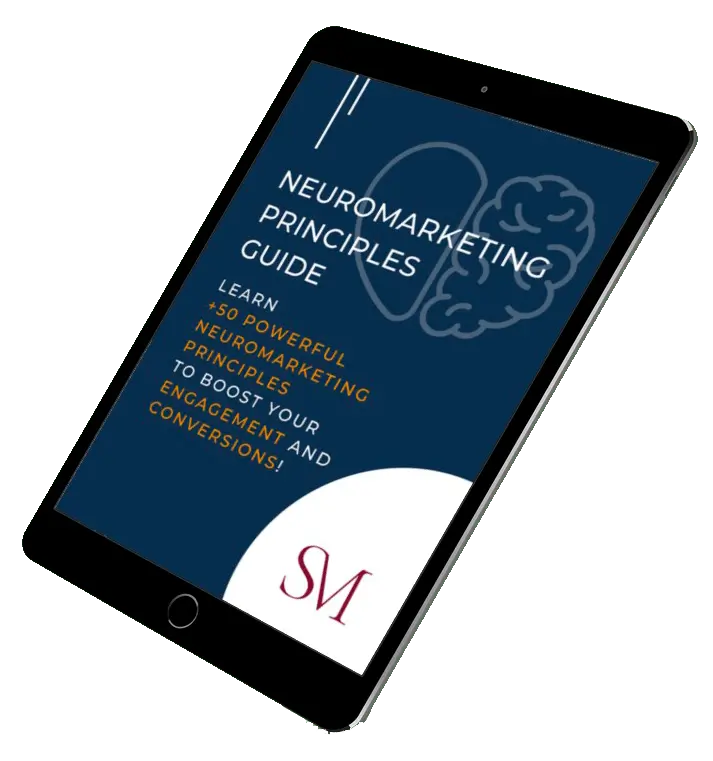Could you imagine sitting on the sofa in the evening and watch only movies that TV channels transmit on that day? And with also lots of advertising stopping the movie in the best part?
I am sure that you can imagine this as, until a few years ago, this was a reality for everyone.
Now instead, this is just a memory left miles away behind.
We are all able to watch movies when we prefer, also without any advertising bothering in the middle of the film.
Right now, we all probably used to it, but if we think backward, we can appreciate it even more.
You probably agree with me if I say that Netflix is one of the main pioneers – if not the main one – of all this.
Just with an affordable subscription, you have access to a large number of movies and series to enjoy whenever you want with no interruptions.
Of course, it is not a casualty if Netflix managed to become a reliable movie platform trusted by millions of people all over the world.
Alongside a product that is helping us to enjoy movies much more than before, they have a powerful marketing strategy, empowered by neuromarketing techniques, that has been growing more and more their brand awareness and profits.
In this article, I am going to unveil 3 powerful neuromarketing techniques that are responsible for Netflix’s global success.
So, read until the end because if you are not using these techniques yet, you will want to implement them into your marketing strategy and increase your visibility and sales.
But first, let’s take a closer look at what Neuromarketing exactly is.
So, what is Neuromarketing?
Neuromarketing is the marketing area that applies neuropsychology science to market research, studying consumers’ sensorimotor, cognitive, and affective responses to specific marketing stimulations.
Basically, neuromarketing wants to understand the reason why consumers make or not purchasing decisions when in front of marketing stimulations and to analyse their responses to then apply all these learnings to empower marketing.
It’s like generating your marketing strategy and plan to know what’s inside your ideal clients’ heads and being able to most likely predict their responses when they see your marketing message.
That would increase your marketing efficiency and results, wouldn’t it?
Well, this is not only something that you can just imagine – it becomes reality when you use Neuromarketing!
In fact, the benefits businesses have are more efficient and effective marketing campaigns and strategies, fewer product and campaign failures, and lately an emotional customer engagement that leads a higher percentage of them to trust the business and become loyal customers.
Just be mindful that Neuromarketing, to be fully effective, must be supported by a deep audience analysis, uncovering your ideal customers deeply hidden behavioural patterns and driving emotions.
This is what will tell you how to use Neuromarketing at best and quickly increase your visibility and conversion rate.
Neuromarketing stimulates people emotionally, triggering specific behaviours as a consequence.
Therefore, it’s quite intuitive that if you know your audience’s main driving emotions and behavioural patterns that positively influence their purchase decision making, your digital marketing strategy will be far more efficient, growing your business with it.
On the other hand, if you don’t know them and use a neuromarketing technique that stimulates the wrong emotions, the results will be much lower and will lead your business to a high bounce rate and low conversions.
If you want to know how to do a deeper audience analysis, uncovering your target audience driving emotions, click here to see our full audience analysis guide.
What is Netflix digital marketing strategy?
Netflix's digital marketing strategy primarily focuses on three main areas:
- Personalization: Netflix uses data on users' viewing habits and preferences to recommend content that they are likely to enjoy. This helps to keep viewers engaged and reduce the number of subscribers who cancel their subscriptions.
- Targeted Advertising: Netflix uses targeted advertising to reach potential subscribers. They use data on users' browsing and viewing habits to deliver personalized ads on social media, search engines, and other platforms.
- Original Content: Netflix produces its own original content, such as "Stranger Things" and "The Crown," which helps the company to stand out from its competitors and attract new subscribers.
Overall, Netflix's digital marketing strategy emphasizes using data and personalization to target and retain subscribers, and investing in original content to differentiate itself from other streaming services.
How is neuromarketing used in advertising?
Neuromarketing is the use of neuroscientific techniques, such as functional magnetic resonance imaging (fMRI), electroencephalography (EEG), and eye-tracking, to study the brain's response to marketing stimuli in order to understand consumer behavior and make more effective advertising.
Here are a few examples of how neuromarketing techniques are used in advertising:
- Eye-tracking: This technique is used to understand where consumers are looking when they view an advertisement or a product, and can provide insights into which elements of the ad are most effective in attracting attention.
- fMRI: This technique measures changes in blood flow to different regions of the brain, which can indicate which areas are active during a consumer's decision-making process. This can provide insights into which emotions and thoughts are triggered by different aspects of an advertisement.
- EEG: This technique measures electrical activity in the brain, which can indicate the level of attention and engagement a consumer has with an advertisement.
Neuromarketing techniques can be used to understand consumer behavior at a deeper level, and can help advertisers create more effective and engaging campaigns.
Pros and cons of Neuromarketing
Neuromarketing is an emerging field of marketing that utilizes the principles of neuroscience to understand consumer behavior and preferences. By studying the subconscious and emotional responses of consumers to marketing stimuli, marketers can gain deeper insights into what drives consumer decision-making. While neuromarketing has many benefits, it also has its drawbacks. Let's explore the pros and cons of neuromarketing in marketing.
Pros of Neuromarketing
- Gain deeper insights into consumer behavior - Neuromarketing provides deeper insights into consumer behavior and preferences, allowing marketers to develop more effective marketing strategies that resonate with their target audience on a deeper level.
- Improved ROI - Neuromarketing enables marketers to develop more effective marketing campaigns that are more likely to reach and engage their target audience, leading to increased ROI for businesses.
- Competitive Advantage - By leveraging the insights gained from neuromarketing, businesses can gain a competitive advantage over their competitors, particularly those who are not yet utilizing this field of marketing.
- Better Understanding of Customer Needs - Neuromarketing enables marketers to better understand the underlying needs and desires of their target audience, which can help businesses develop products and services that are better suited to their customers' needs.
Cons of Neuromarketing
- Ethical Concerns - There are ethical concerns surrounding the use of neuromarketing, particularly around issues of privacy and consent. Some consumers may feel uncomfortable with the idea of their subconscious and emotional responses to marketing stimuli being studied without their explicit consent.
- Limited Sample Sizes - Neuromarketing studies often use small sample sizes, which can limit the generalizability of the results.
- High Cost - Neuromarketing techniques can be expensive, particularly for small businesses that may not have the resources to invest in this field of marketing.
- Complex Data Analysis - The data generated from neuromarketing studies can be complex and difficult to analyze, requiring specialized expertise to interpret and utilize effectively.
Neuromarketing has both pros and cons as a field of marketing. While it provides valuable insights into consumer behavior and preferences, it also raises ethical concerns around issues of privacy and consent. Additionally, the high cost and complex data analysis required may limit its accessibility to some businesses. Nonetheless, as the field continues to evolve, it is likely that neuromarketing will become an increasingly important tool for businesses looking to develop more effective marketing strategies.
So, now that you know how Neuromarketing benefits any business marketing campaign, it’s time to show you how Netflix uses it to have high brand awareness and conversion rate.
Neuromarketing Netflix Technique 1: SENSE OF COMFORT
Considering that Netflix offers a subscription service, one of the biggest abilities they have is to make their potential clients comfortable with the decision of getting the subscription.
One of the main worries that their ideal customers have is the fear to forget to cancel the service if they don’t really use it.
You might be familiar with this feeling.
This feeling takes the name of Risk Aversion and it is basically the tendency to prefer a sure outcome over a gamble with a higher or equal expected value.
So, what does Netflix do to overcome this feeling?
On their website page, Netflix overcomes this subconscious behavioural pattern by clearly explaining that, after the period where you can try the service for free, they will send a reminder 3 days before so that you can unsubscribe if you didn’t like the service.

Neuromarketing Netflix Technique 2: FREE TRIAL
Another interesting detail used to achieve a sense of comfort is the use of the word “FREE/GRATIS” on their sale page.
This word is very effective as a lead magnet as it takes away the initial responsibility of your potential clients so that they can get to know you and your services better without fully committing.
Netflix knows this very well and uses the word Free Three times in a space with a small text. This has the power to stand out this word and glue it into the users’ head, influencing positively their decision making.
Also, most people feel like they need to return the favour if they get something for free. So, inducing their target audience to try the service for free will most likely induce people to value the service even more and want to pay the subscription once the free trial ends.
Learn +50 Powerful Neuromarketing Principles to Boost Your Engagement and Your Conversions

Neuromarketing Netflix Technique 3: COLOURS TO TAKE ACTION
We all grow up associating each colour with specific actions and feelings.
And these associations get so deep into our subconscious that the simple view of a colour can stimulate the specific feeling associated with it.
This means that also colours can influence people’s decision-making.
Netflix uses the green colour in the process bar and the red in the call to action for the free trial.
The green is associated with the feeling of comfort and calm. What they want to do is basically calm their audience’s worries and create a comfortable feeling for them to go through the process.

The red, instead, is associated with love and passion, but also with determination and decision.
Using a red call to action stimulates the users to be more decisive with the comfortable process and go through it.
These are just 3 Neuromarketing techniques that Netflix Uses to generate a high conversion rate and have a brand internationally known.
What other brands use neuromarketing?
Neuromarketing is a relatively new field, and its use in advertising is still evolving. However, some brands that have been reported to use neuromarketing techniques include:
- P&G: Procter & Gamble, one of the world's largest consumer goods companies, has been reported to use neuromarketing techniques to improve the effectiveness of its advertising campaigns.
- Coca-Cola: The beverage giant has been reported to use neuromarketing techniques to understand consumer preferences and develop more effective marketing strategies.
- Unilever: Unilever is a multinational consumer goods company that has been reported to use neuromarketing techniques to improve the effectiveness of its advertising campaigns.
- PepsiCo: PepsiCo, another major beverage company, has been reported to use neuromarketing techniques to understand consumer preferences and develop more effective marketing strategies.
- Google: Google has been reported to use neuromarketing techniques to improve the effectiveness of its online advertising campaigns.
It's worth noting that the use of neuromarketing is not limited to big brands, many small and medium-sized companies are using it as well. The use of neuromarketing is still considered as a niche area, and it is likely that more and more brands will adopt it in the future as the field continues to grow and evolve.
Bonus...
Are there movies on Netflix about Neuromarketing?
As far as I know, there are no movies on Netflix specifically about neuromarketing. Neuromarketing is a relatively new field, and there are not many movies or documentaries that focus solely on this topic. However, there are some movies and documentaries on Netflix that touch on related topics, such as consumer behavior and advertising. Here are a few examples:
- The Social Dilemma (2020) - This documentary explores the impact of social media on society and the potential dangers of the algorithms that power these platforms. It touches on the idea of using data to influence consumer behavior, which is a key component of neuromarketing.
- The Great Hack (2019) - This documentary follows the Cambridge Analytica scandal, which revealed how a data mining and analytics firm used social media data to influence political campaigns. This film highlights the power of data and how it can be used to influence consumer behavior.
- The True Cost (2015) - This documentary explores the environmental and social impact of the fashion industry. It touches on the ways in which advertising and marketing can create demand for products and influence consumer behavior.
How can you get Neuromarketing to empower your campaigns and increase your visibility and sales?
SM Agency is considered a leading neuro digital marketing agency London brands can benefit the most from by using neuromarketing techniques to empower digital marketing strategies.
We rely on the latest tech innovations and partner with cutting-edge data providers like AeMotion to precisely uncover audiences' emotional drivers and motivators along the sales journey. AeMotion offer the only neuroscience-based, tech-enabled data analytics service that enriches campaigns with non-verbal patterns for precise subconscious understanding and higher customers' value growth.
Getting such reliable data about audiences' behaviours and psychological profiles allows us to build more effective strategies and use the best neuromarketing techniques to get the most positive impact and create strong connections with customers - allowing us to be considered one of the leading digital marketing agency London entures use for neuromarketing informed strategies and marketing services.


